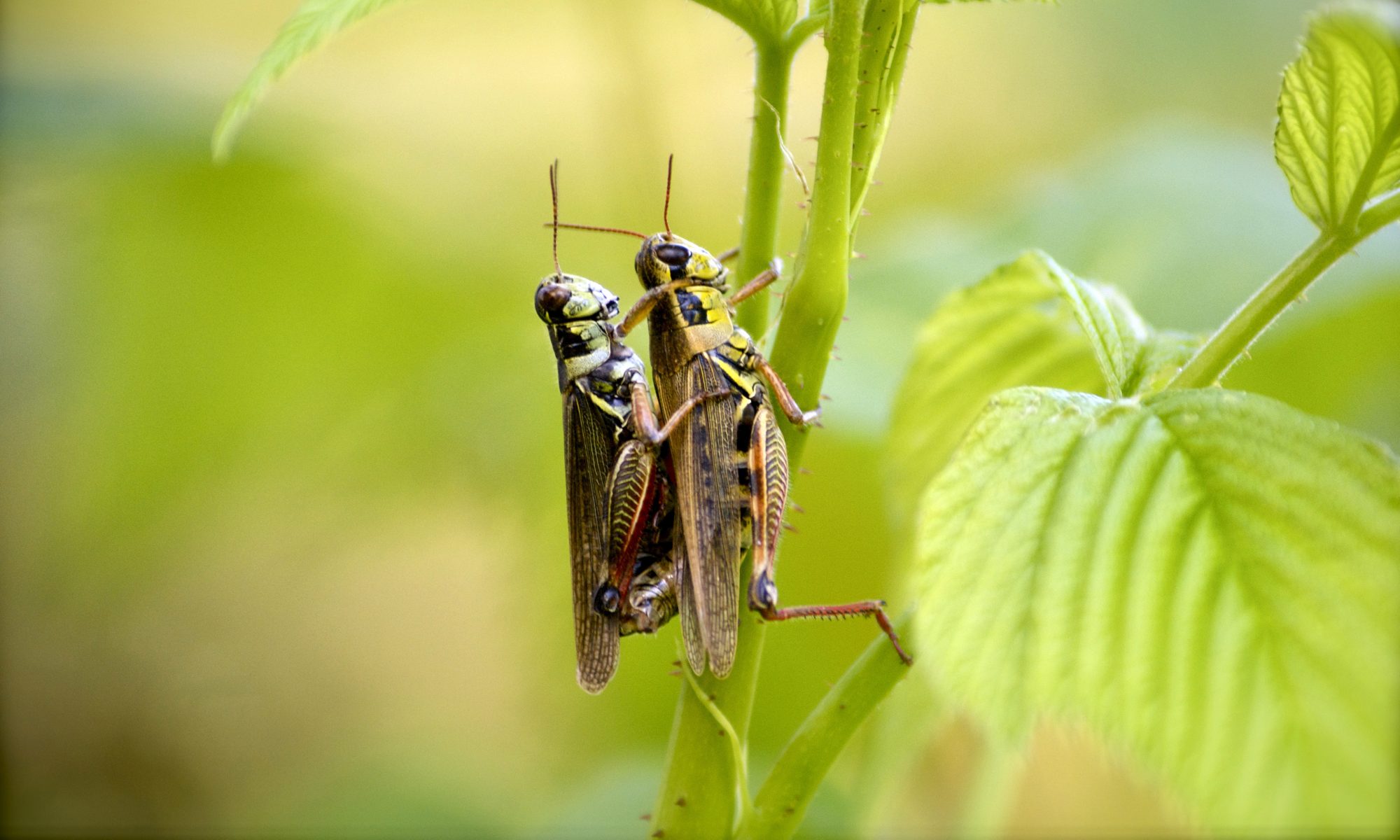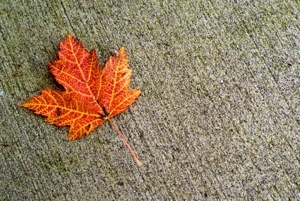My family is lucky enough to live in a city that is surrounded by vast tracts of wilderness. We’re also lucky to live in a city that has seen fit to preserve at least some of that wilderness within the urban boundaries. While Prince George has a long way to go in terms of truly being a green city (ahem… let’s at least start with a municipal recycling program instead of just talking about it), people here tend to love the nature that surrounds them. In fact, I would guess that many of the residents here – both longtime citizens and more recent arrivals – a big drawing point to life in central BC was the beauty of nature that surrounds us here. The city is surrounded by lakes. We’re at the junction of two rivers. Jasper National Park is just down the road. There is an awesome inland rainforest just to the east of us. And that’s just skimming the surface of what’s available to residents here.
Did I mention that we’re lucky?
I assume that many of you who read this blog (all six of you, not including my mom), enjoy spending time in nature too, wherever you may live. So think back to your own childhood for a moment. Did that love of nature emerge because you sat in the basement all day playing Atari? Or did you spend a lot of time out-of-doors, both with and without your parents or other relatives? I suspect that it’s safe to bet on the latter in most cases. Basement dwelling does not generally create lifelong naturalists.
However, today I get the impression that our municipal leaders would prefer that kids not get outside; or rather, if they do get outside, it’s only under strictly controlled conditions.
Why do I say this? It turns out that someone in town, whose kids obviously enjoy playing outside in the yard, decided that a prudent and completely unobtrusive thing to do would be to post a small sign obtained from the British Columbia Automobile Association on their own front lawn to remind passing motorists that there were kids in the area. Sounds like a perfectly reasonable thing to me, both as a father of two boys and as a driver.
The city of Prince George, however, thought otherwise, and the family was sent a bylaw warning to remove their sign or face a fine. That, in itself, is well off the mark. But the part that really irked me was a comment from the city manager of transportation operations in response to a media inquiry:
“Parents should encourage their children to play in playgrounds as playing near the street is not the safest place to play.”
The thing that bugs me about this comment is its deeper implication that spontaneous play in a child’s own yard is not safe and that the only places that kids should be are in a playground (highly supervised, of course) or, presumably, in their house. This comment leaves the impression that, in the mind of our city officials, a yard is inherently unsafe.
This is not surprising, of course, since the notion of the “unsafe outdoors” is likely one of the main reasons that parents don’t let their kids play outside as much as they used to. But is keeping kids indoors most of the time and then shuttling them back and forth to tightly-monitored playground- or soccer-type situations really any safer in the long run? Is it really safer for them to learn to be sedentary as kids and head off into a sedentary adulthood, as modeled by their parents? Are the indoors really safer anyhow, in terms of overall household accidents? Does attempting to remove all dangers from kids teach them how to monitor, assess, and avoid real dangers when they inevitably encounter them? Is it safe for the local and global environment to be raising a generation of kids who don’t know anything about their local natural spaces because they never get out into them – and who thus have a mainly academic (if that) knowledge of nature?
So, to the good leaders of our fine city I say this:
Please take a serious look at our city’s bylaws and their enforcement and think about what they mean for parents who want their kids to spend time outdoors. You have done a great job in creating and maintaining natural spaces throughout our city, and for that I truly applaud you. But if we want the next generation to appreciate and work to protect those spaces – and to care about our environment in general – we need to find ways to encourage parents and kids to walk and play in the local environment. Messages that such play is somehow unsafe, combined with overzealous enforcement of bylaws that have the effect of stifling such childhood activity, need to be carefully reconsidered.
(On a side note: A great book on this very topic is Richard Louv‘s “Last Child in the Woods.” I highly recommend it to anyone who cares for children and who cares about their welfare and the welfare of our planet in general.)
(Another note – added 5-VII-13: I just noticed that the Nature Conservancy of Canada has a great little article in the Globe and Mail about a children spending time in nature. You can get it here.)


